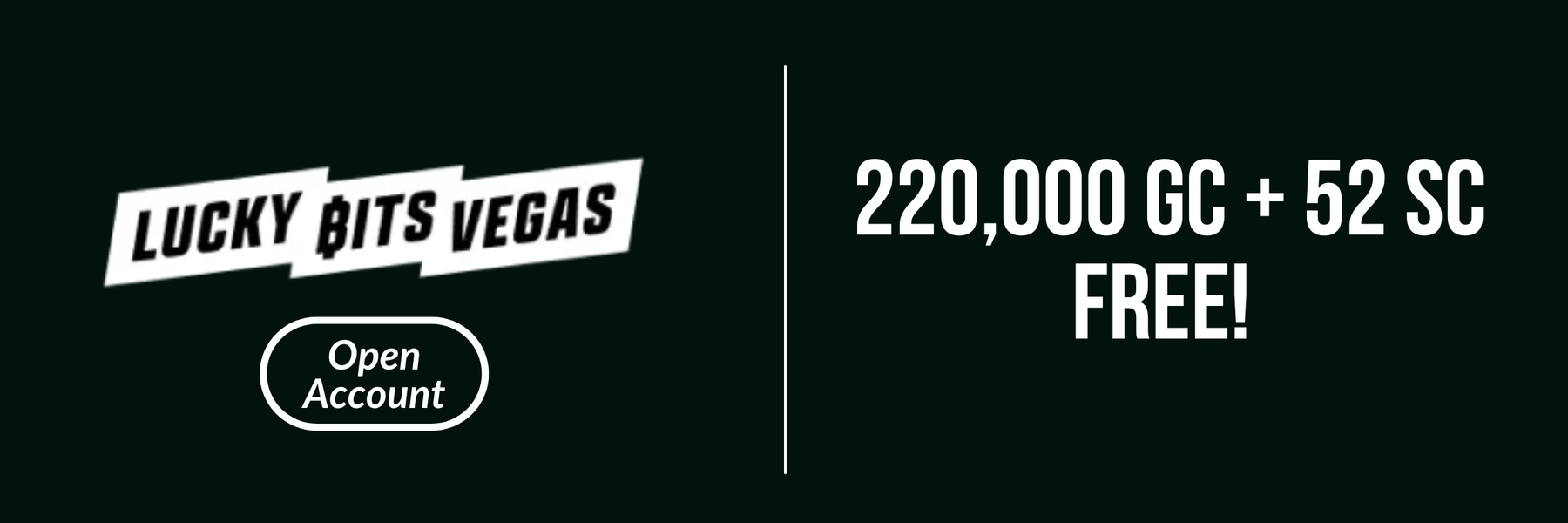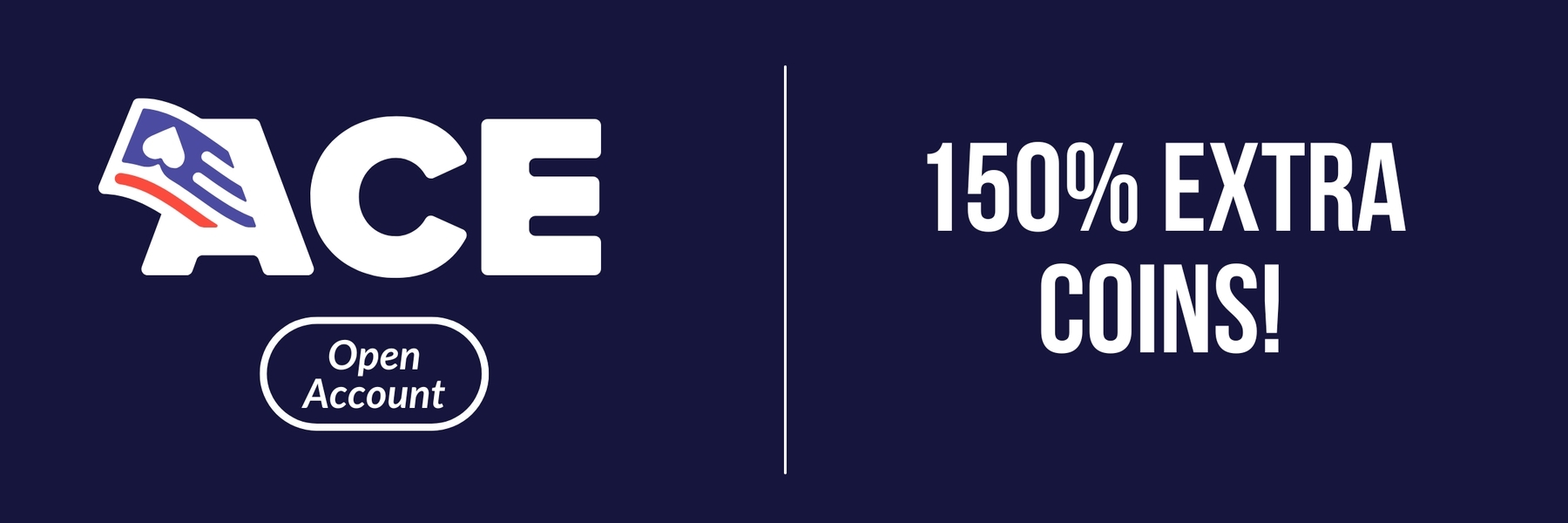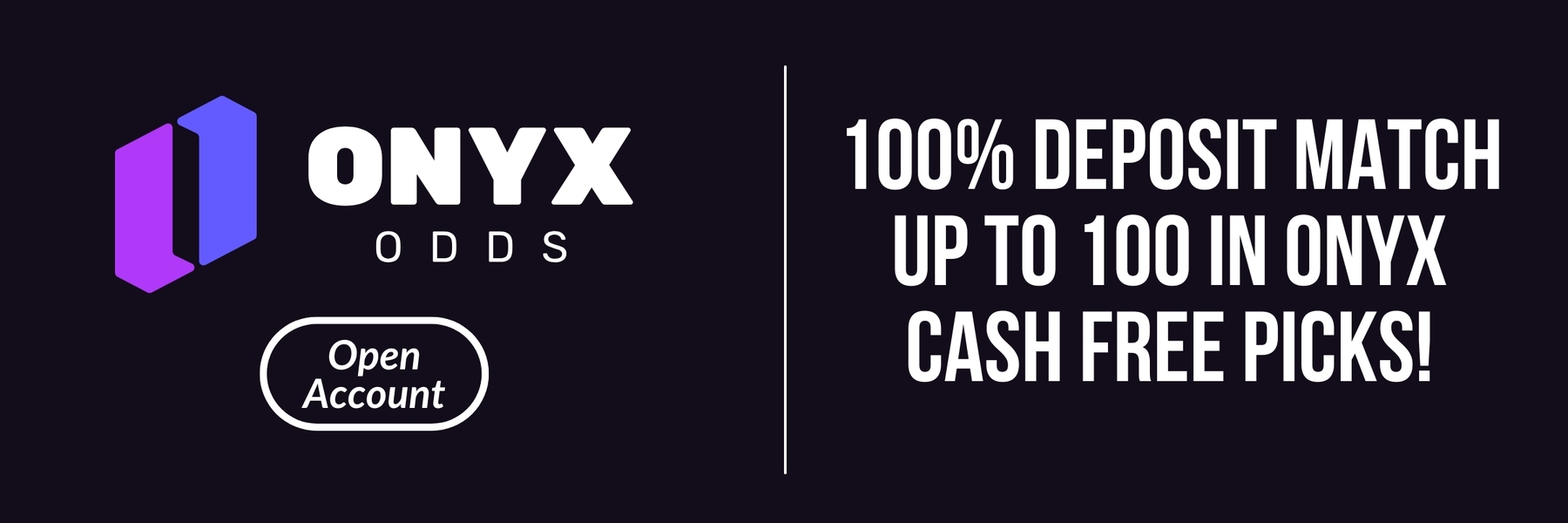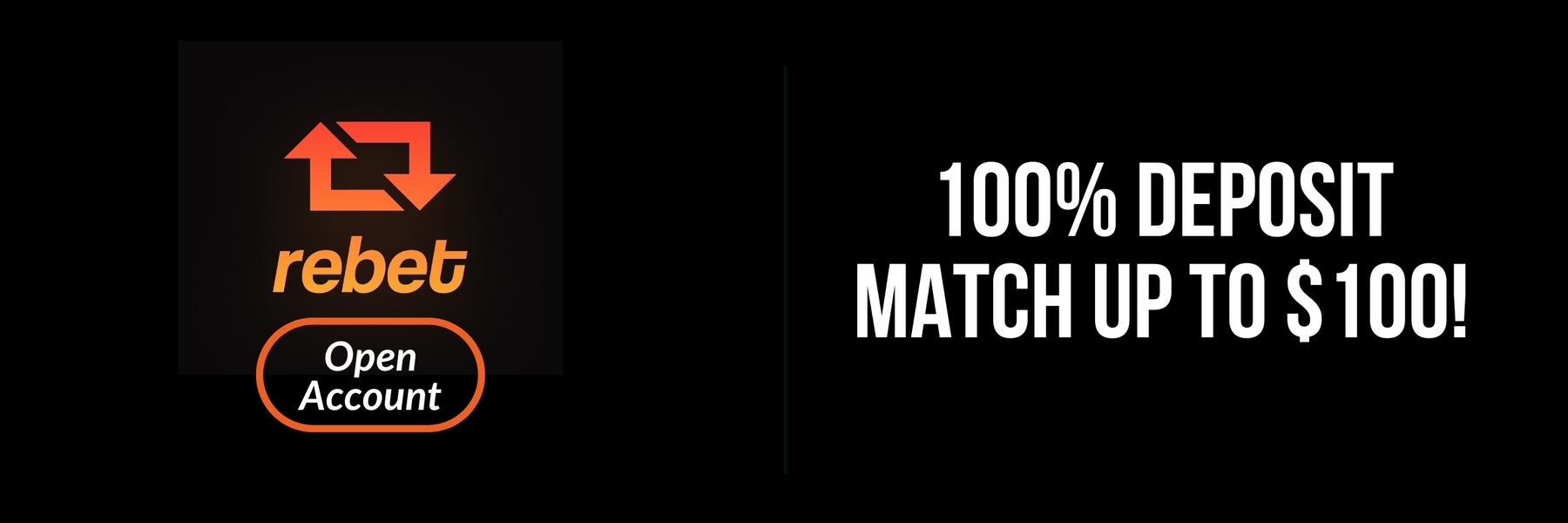Are you looking to take the next step and start betting for profit rather than entertainment? Understanding concepts like edge and implied probability is a great place to start and crucial for making informed wagers. These basic terms help bettors assess the potential profitability of their bets and make strategic decisions. Understanding these concepts is the first step towards betting based on the numbers to find betting value in the market.
What is Implied Probability?
Implied probability is the conversion of betting odds into a percentage that reflects the likelihood of an event occurring, according to the sportsbook. In other words, Implied Probability refers to the likelihood of a particular outcome happening, as implied by the odds set by the sportsbook.
Lets use the DraftKings Odds for the matchup between Florida State and Georgia Tech Football on August 24, 2024 as an example:

Does Implied Probability Guarantee a Result?
It's important to remember that implied probability is simply the sportsbook’s mathematical estimation—not a crystal ball. Even when the odds heavily favor one team, the actual outcome can still defy expectations. Surprises and upsets are part of what makes sports exciting and unpredictable. While implied probability helps you gauge how likely something should happen, it doesn’t lock in the result. Every event, no matter how lopsided the odds, still hinges on what takes place on the field.
How Does Implied Probability Reflect the House Edge?
When you calculate implied probability from the odds, you're actually looking at more than just the teams’ chances of winning—you’re also seeing the sportsbook’s built-in advantage, often called the “house edge” or “vig.”
Let’s break it down:
- The implied probabilities for all possible outcomes in a market (like Team A wins or Team B wins) will typically add up to more than 100%. This extra percentage, known as the overround, is the cushion the sportsbook uses to ensure they make a profit regardless of the outcome.
- For example, if you take the probabilities from both sides of a football game and add them together, you might get 104%. That extra 4% represents the sportsbook’s edge—meaning if you bet both sides equally, you’d be guaranteed to lose about $4 for every $100 wagered over time.
- In markets with lower overrounds—say 102.6%—the house edge is slimmer, but it’s always there unless you’re looking at a true 100% “fair market” (which rarely exists outside of betting exchanges or zero commission scenarios).
So, implied probability calculations always include the bookmaker’s margin. The key for bettors is to recognize this edge, factor it into your own analysis, and look for spots where you believe the odds are offering actual value compared to your own assessed probabilities.
What is the Bookie’s Over Round?
If you've ever added up the implied probabilities for every possible outcome in a sporting event, you might notice something odd—the total often exceeds 100%. That "extra" percentage isn’t a math error; it’s called the bookie’s over round (sometimes nicknamed the “vig” or “juice”).
The over round is how sportsbooks like DraftKings, FanDuel, and Caesars ensure they tilt the odds ever so slightly in their favor. Instead of setting odds that perfectly reflect the true chances (which would total 100%), they build in a margin. This margin represents their expected profit, no matter the outcome.
In practice, if you convert all available betting odds for one event to implied probabilities and the sum comes to, say, 104%, that extra 4% is the bookie’s cushion—what they earn by balancing bets on all sides. Savvy bettors should always be aware of this, since it impacts how much value you’re really getting from a bet.
Do Implied Probabilities Always Add Up to 100%?
When you add up the implied probabilities for every possible outcome in a betting market—such as win, lose, or draw—you might expect them to total 100%. However, you’ll notice that they almost always add up to a number greater than 100%. This extra percentage represents the sportsbook’s built-in profit margin, often called the "overround" or "vig."
For example, if you take the implied probabilities for both teams in a moneyline bet on the Florida State vs. Georgia Tech game, together they might come to 104% or 105%. That 4-5% above 100% isn’t magic; it’s the edge the sportsbook holds to help guarantee its own profit over the long run. This edge is a key reason why simply betting at random, even with good odds, is unlikely to be profitable in the long term without a genuine edge.
A Simple Step-by-Step Example: Calculating Implied Probability with a Coin Flip
To see how implied probability works in practice, let’s walk through a classic coin toss scenario—one of the purest “even odds” examples in betting.
Suppose you and a friend decide to flip a fair coin. You bet on heads, and your friend bets on tails. Both of you agree to wager $100, and if you win, you get your $100 back plus another $100 from your friend (making the total payout $200).
Here’s how you’d break down the implied probability in this situation:
1. Identify the Total Payout:
- If you win, your payout is your original $100 stake plus $100 winnings from your friend, totaling $200.
2. Calculate the Implied Probability:
- Take your risked amount ($100) and divide it by the total payout ($200): $100 ÷ $200 = 0.5
3. Convert to a Percentage:
- Multiply by 100 to express the probability as a percentage: 0.5 × 100% = 50%
This makes sense—since a fair coin has two possible outcomes, your chance of success is 50%. These are “even money” or +100 odds, reflecting no house edge. This kind of simple math serves as the foundation for understanding more complex betting odds.
Calculating Implied Probability from Decimal Odds:
Implied Probability=(1/Decimal Odds) * 100%
Calculating Implied Probability from American Odds:
This calculation depends on whether the American Odds are positive or negative
Negative American Odds:
Implied Probability= -1*(Odds) / -1*(Odds + 100) * 100%
Positive American Odds:
Implied Probability= 100 / (Odds + 100) * 100%
While these calculations are quite straightforward, there are also Implied Probability Calculators that you can easily take advantage of to do these calculations quickly for you.
How the House Edge (Vigorish) Impacts Implied Probability
One important thing to understand about implied probability is that sportsbooks build in their profit—often called the "house edge" or "vigorish" (sometimes just "vig")—directly into the odds they offer. This means the combined implied probabilities of all possible outcomes for an event will almost always add up to more than 100%.
What does that extra percentage mean? It's the sportsbook's cushion—their expected profit, not an error in math.
Let’s look at an example using NFL betting odds:
Suppose DraftKings lists the following spread for a game:
- Denver Broncos -3.5 (-110)
- Las Vegas Raiders +3.5 (-110)
If you convert these American odds to implied probability:
- For each side: 110 / (110 + 100) ≈ 0.524, or 52.4%
Since there are only two possible outcomes, you'd expect the probabilities to total 100%. But instead:
- 52.4% (Denver) + 52.4% (Las Vegas) = 104.8%
That extra 4.8%? That’s the vig. If you placed equal bets on both sides, you’d lose $4.80 for every $100 wagered, on average. This is how sportsbooks ensure they make money, no matter what.
The same principle applies to other bet types. For example, if the moneyline is:
- Denver -190 (implied probability: 190 / (190 + 100) ≈ 65.5%)
- Las Vegas +160 (implied probability: 100 / (160 + 100) ≈ 38.5%)
Add them together and you get 104%, once again revealing the built-in margin.
In short, whenever you calculate implied probabilities, keep in mind that the sum being above 100% is not a mistake—it’s the sportsbook’s edge at work. This markup, while typically just a few percentage points, is what allows sportsbooks to operate profitably over time.
Why Do Implied Probabilities Add Up to More Than 100%?
If you notice that the total implied probability across all possible outcomes in a betting market is greater than 100%, you're seeing the bookmaker’s built-in margin at work. This extra percentage—often called the “overround” or “vig”—is how sportsbooks like DraftKings or FanDuel ensure they earn a profit regardless of the event’s outcome.
In simple terms, instead of the probabilities representing a fair 100% of possible outcomes, the surplus above 100% represents the bookmaker’s cushion. For example, if you add up the implied probabilities for both teams in a two-way market and get 104%, that extra 4% is the bookie's advantage. It’s their expected edge, built into the odds, and is a universal practice in the industry.
So, when analyzing betting odds, it’s vital to factor in this overround to get an accurate picture of what the odds really say about an event’s likelihood and your own potential edge as a bettor.
Why Do Implied Probabilities Add Up to More Than 100%?
If you run the implied probability calculations for both teams in a single game—for example, Florida State and Georgia Tech—you’ll notice something odd: the total usually adds up to more than 100%. Why is that?
This isn’t a math error—it’s by design. The extra percentage over 100% is called the “overround” (sometimes known as the bookmaker’s margin or vig). Essentially, this is the built-in edge the sportsbook takes as their expected profit. By making sure the total probability exceeds 100%, platforms like FanDuel, DraftKings, or BetMGM ensure they have a cushion, regardless of how the actual game plays out.
So, when you sum up the implied probabilities, the amount above 100% represents the sportsbook’s safety net. Understanding this can help you see why finding value bets—where your estimated probability beats the bookmaker’s line—is so important.
Implied Probability in Futures Markets: The World Cup Example
Implied probability becomes especially interesting in futures markets, where bettors choose from many possible outcomes. Let’s use a popular example: wagering on the winner of the World Cup before the tournament begins.
Suppose you see the following American odds offered for several teams:
- Brazil +400
- Germany +800
- Argentina +900
- Italy +1050
- USA +3500
- Field +100
To find the implied probability for each:
For positive American odds, use the formula:
Implied Probability (%) = 100 / (Odds + 100) × 100
Applying that to each team:
- Brazil (+400): 100 / (400 + 100) × 100 = 20%
- Germany (+800): 100 / (800 + 100) × 100 ≈ 11.1%
- Argentina (+900): 100 / (900 + 100) × 100 = 10%
- Italy (+1050): 100 / (1050 + 100) × 100 ≈ 8.7%
- USA (+3500): 100 / (3500 + 100) × 100 ≈ 2.8%
- Field (+100): 100 / (100 + 100) × 100 = 50%
Add up all the implied probabilities listed above and you’ll notice they total more than 100%—in this case, about 102.6%. That extra 2.6% represents the bookmaker’s built-in margin, also known as the house edge.
This example also highlights how the “Field” option—meaning any country not specifically listed—can sometimes carry a significant probability, depending on the makeup of the favorites and the depth of the competition. In this scenario, the Field is close to a coin flip, showing the variety and risk distribution in a typical futures market.
Calculating Implied Probability in Futures Markets
Implied probability isn’t just for single games—it applies to futures markets as well, where you have multiple possible outcomes like a World Cup champion or a Super Bowl winner. In these markets, each outcome (team or player) has its own odds, and you’ll want to know the implied probability for each contender.
Let’s use a World Cup futures market as an example, with American odds listed for potential winners like Brazil (+400), Germany (+800), Argentina (+900), Italy (+1050), USA (+3500), and the “Field” (+100 for any other team).
The process works like this:
1. Convert the odds of each outcome to implied probability using the American odds formulas we covered earlier. For positive odds, that means:
[ \text{Implied Probability} = \frac{100}{\text{Odds} + 100} \times 100% ]
For example, for Brazil at +400: [ \frac{100}{400 + 100} \times 100 = 20% ]
2. Repeat the calculation for every listed option:
- Germany +800: ( \frac{100}{800 + 100} \times 100 \approx 11.1% )
- Argentina +900: ( \frac{100}{900 + 100} \times 100 = 10% )
- Italy +1050: ( \frac{100}{1050 + 100} \times 100 \approx 8.7% )
- USA +3500: ( \frac{100}{3500 + 100} \times 100 \approx 2.8% )
- Field +100: ( \frac{100}{100 + 100} \times 100 = 50% )
3. Sum the implied probabilities for all possible outcomes. In a fair market, the total would be 100%. However, the total will usually exceed 100% due to the sportsbook’s built-in margin (the overround or house edge).
By calculating the implied probabilities and adding them together, you can see how much margin the sportsbook has baked into the market. This analysis helps you gauge both the odds presented and the betting value available in complicated, multi-outcome markets like futures.
Implied Probability with Uneven Payouts
But what if one side of a bet pays out more than the other? This is where implied probability calculations get interesting—and reveal how value (or lack thereof) is built into a given wager.
Suppose you and a friend are betting on a coin toss, but this time, the payouts aren’t equal. If heads pays $100 and tails pays $200, the implied probability for each outcome shifts. For heads, the implied chance is $100 divided by the total potential payout ($100 + $200), giving you 33.33%. For tails, it’s $200 out of $300, or 66.67%. The sum adds up to 100%—as you’d expect from a fair coin.
In these uneven payouts, whoever receives more for their winning side ends up with an edge, assuming the actual chance of landing heads or tails is still 50/50. This difference between implied probability and true probability is the very foundation of finding value or an “edge” in betting markets, especially when sportsbooks set odds in their own favor.
Consider a typical NFL Sunday without any bye weeks: 16 games, a dizzying range of odds, and endless possibilities for your bankroll. To make sense of it all, group the matchups based on their implied probabilities:
- Heavy Favorites: These are your -200 (or shorter) moneyline sides, where the implied probability runs north of 66%. Think of Manchester City playing at home to a relegation-zone club—upside is predictable but profits are slim.
How Does the Sportsbook's "Juice" Impact Your Bets?
If you’re wondering why the total implied probabilities for both sides of a bet often add up to more than 100%, that mysterious extra percentage is the sportsbook’s built-in advantage—commonly called the “juice,” “vig,” or “overround.”
Let’s break down what this means in practice. Imagine you’re looking at a college football matchup, and you calculate the implied probability of both teams’ odds. Instead of neatly hitting 100%, you might see something like 104%. That extra 4%? It’s not just there for decoration—it represents the margin the sportsbook keeps as profit regardless of the outcome.
Here’s how this affects you as a bettor:
- Say you place bets on both teams so that you’re guaranteed a win no matter what.
- Because of the juice, you’ll inevitably risk more money than you’ll win—with that extra percentage (the “juice”) ensuring the house comes out ahead in the long run.
- For example, if the book’s total is 104%, betting $104 across both sides would only return $100. That’s a $4 loss for every $100 staked.
Why does this matter? The juice makes it tougher for bettors to break even, let alone profit over time. The edge is always baked in, whether you’re backing the favorite or taking a shot on the underdog—DraftKings, FanDuel, and the rest don’t mind who wins because the commission is already covered in the odds.
Recognizing this built-in cost is crucial if you want to find real value and sharpen your strategy. Understanding the juice keeps you focused on comparing your own probabilities to those implied by the odds—and helps you search out wagers where you truly have an edge.
Implied Win Probability
Implied win probability is a specific application of implied probability, focusing on the likelihood of a team or player winning a match or event. By comparing this figure with your own assessment, you can identify bets that offer value, where your perceived probability is higher than the implied win probability. This is a cornerstone of developing a sports betting edge.
Understanding implied probability offers several practical benefits for bettors:
- It translates betting odds into the actual likelihood of individual outcomes, stripping away the confusion of decimals, fractions, or moneylines.
- It helps you spot when a sportsbook might be overpricing or underpricing a line, flagging potential value opportunities.
- It sharpens your grasp of how sportsbooks set their odds and the dynamics behind them.
- It gives you a clearer sense of how close or lopsided a particular matchup truly is.
- It enables a more objective comparison between your own predictions and those reflected in the odds, allowing you to target bets where you believe you have a genuine edge.
- It provides a more intuitive way to visualize what’s expected to happen in a given event.
While implied probability isn’t a magic bullet that guarantees wins, it’s an essential tool for any bettor looking to make smarter, more informed wagers—and hopefully improve long-term results along the way.
What Does Edge Mean in Betting?
An "edge" in sports betting refers to the advantage a bettor has over the sportsbook. This advantage arises when the bettor's assessment of an event's probability differs from the odds offered by the bookmaker. Essentially, it's the gap between the true probability of an event and the bookmaker's implied probability. Having a betting edge is key to long-term profitability, as it indicates that a bettor has identified a discrepancy in the odds that can be exploited for gain.
How to Calculate Edge in Sports Betting
To calculate the edge in sports betting, you need to compare your perceived probability of an event with the implied probability derived from the sportsbook's odds. The formula is:
Edge=(Your Probability−Implied Probability)×100%
For instance, if you believe a team has a 60% chance of winning, but the bookmaker's odds suggest a 50% implied probability, your edge is 10%. This calculation helps determine whether a bet offers value and is worth placing.
Using Implied Probability to Sharpen Your Betting Strategy
Once you've mastered how to calculate implied probability, the next step is working it into your overall betting approach. Simply glancing at the sportsbook odds doesn't always tell the full story—by translating those odds into implied probabilities, you can better judge whether there’s genuine value in the bet.
Let’s take a typical NFL weekend, where all 32 teams are in action. Reviewing each matchup’s implied probability can help you sort games into clear categories:
- Strong favorites: Bets where the implied probability is 66% or more (e.g., moneyline odds of -200 or shorter)
- Moderate favorites: Implied probability around 60% (e.g., -150 to -199)
- Narrow favorites: Implied probability just above 54% (e.g., -120 to -149)
- Close calls: Anything from a slight favorite to an even money bet, with implied probability 54% or less
By breaking games into these tiers, you’ll identify where your risk tolerance aligns—and how aggressively you want to pursue potential profit. If you lean cautious, you might stick with strong favorites, but keep in mind that consistent winners at short odds won’t yield massive returns. On the other hand, bettors seeking bigger payouts might hunt for value in closer matchups or underdogs, especially when their own research reveals a higher probability than the odds suggest.
At the end of the day, regularly calculating implied probability becomes a reliable tool in your research routine. It helps you make more informed choices, spot value opportunities, and ultimately develop a strategy that suits your personal goals and appetite for risk.
In summary, mastering the concepts of edge and implied probability can significantly enhance a bettor's ability to make profitable decisions. By identifying discrepancies between your assessments and the bookmaker's odds, you can find value bets that offer a higher chance of success over the long term. To learn more about long term betting success, read more in our article about Positive Expected Value betting.
Looking for more?
Join the Betstamp Discord! With over 4000 members, the Betstamp Discord Community provides value to all levels of sports bettors from novice to professional. With dedicated channels for profit boosts, daily promos, and members sharing the best +EV bets every single day, if you haven't already joined then you're missing out! Join the Betstamp Discord for FREE here.
Looking to Scale Your Winnings?
Betstamp Pro saves you time and resources by identifying and highlighting edges across 50+ sportsbook feeds in real time. Leverage the most efficient true line in the industry and discover why Betstamp Pro is essential for top-down bettors.
In order to preserve edges, there are only a limited number of spots available to purchase Betstamp Pro. Don’t wait — apply for your free 1-on-1 product demo by clicking the banner below.















